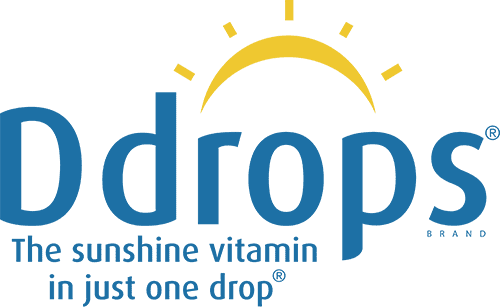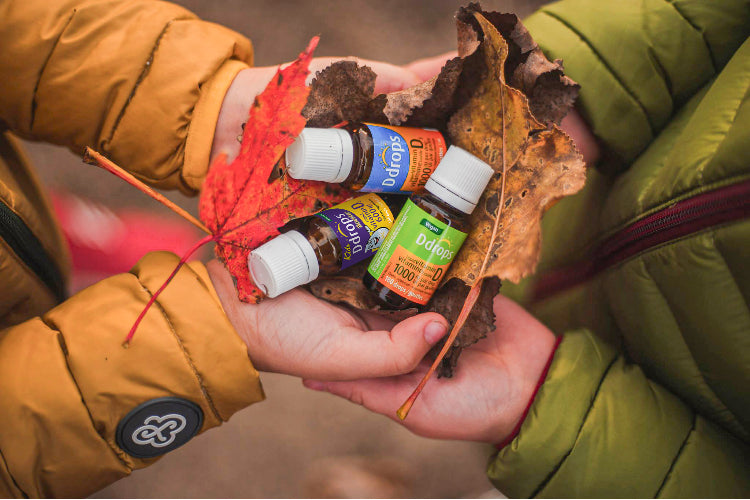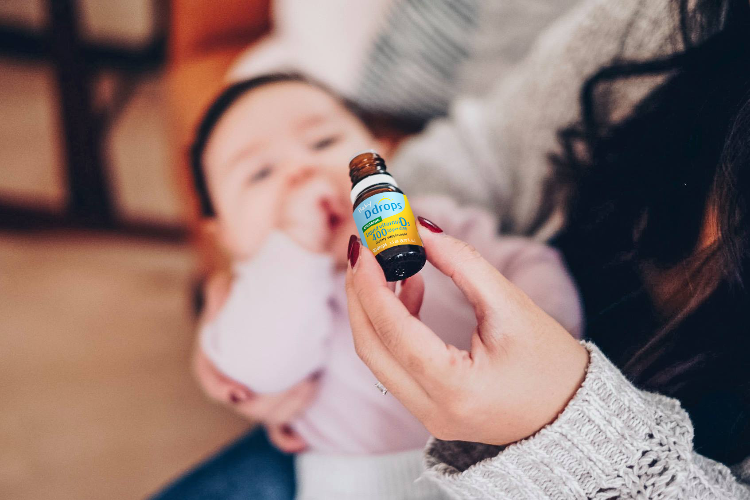16 Februari 2016
Pencari matahari dinasihatkan bahawa tiada cara yang selamat atau sihat untuk mendapatkan kulit sawo matang daripada cahaya matahari. Mereka juga diberi amaran bahawa tan yang sedia ada (sering dirujuk sebagai 'base tan') memberikan sedikit perlindungan terhadap pendedahan matahari. Panduan ini datang daripada National Institute for Health and Care Excellence (NICE) di UK.
- Rakyat Britain harus mendedahkan tangan dan kaki mereka kepada matahari hanya untuk tempoh yang singkat untuk membina vitamin D
- Kanak-kanak (terutamanya bayi), orang muda, mereka yang mempunyai kulit cerah yang cenderung melecur, mereka yang mempunyai banyak tahi lalat atau jeragat, dan mereka yang mempunyai sejarah keluarga yang menghidap kanser kulit harus berhati-hati di bawah sinaran matahari
- Gunakan sekurang-kurangnya pelindung matahari SPF 15 dan 35ml setiap penggunaan. Pelindung matahari faktor yang lebih tinggi mungkin menawarkan perlindungan yang lebih baik tetapi tidak bermakna orang ramai boleh menghabiskan lebih banyak masa di bawah sinar matahari tanpa risiko terbakar
- Penggunaan pelindung matahari terlalu nipis mengurangkan jumlah perlindungan
- Pelindung matahari hendaklah disapu semula selepas berada di dalam air, selepas mengeringkan tuala, berpeluh atau apabila ia mungkin telah disapu
- Pelindung matahari juga perlu digunakan dua kali - sekali setengah jam sebelum keluar, dan sekali lagi sebelum terdedah kepada matahari - jika orang ramai keluar rumah cukup lama untuk berisiko mendapat selaran matahari
- Bayi di bawah umur enam bulan hendaklah dijauhkan sepenuhnya daripada cahaya matahari yang kuat
- Kanak-kanak yang lebih besar memerlukan perlindungan matahari antara Mac dan Oktober
- Tidak mungkin mendapat vitamin D yang mencukupi dengan duduk di sebelah tingkap cerah yang tertutup, atau dari cahaya matahari, antara Oktober dan Mac di UK
Dengan garis panduan ini dipertimbangkan, faedah daripada membina vitamin D daripada matahari perlu diseimbangkan dengan risiko kanser kulit, tambahnya. Ramai orang dewasa UK mempunyai tahap vitamin D yang rendah dan panduan NICE menyatakan bahawa beberapa pendedahan kepada cahaya matahari boleh membantu membinanya. Tetapi ini mesti dilakukan dengan berhati-hati dan secara sederhana. Ia juga boleh menjadi sangat sukar bagi kebanyakan orang untuk mengikuti garis panduan ini.
"Berapa banyak masa yang perlu kita habiskan di bawah matahari bergantung kepada beberapa faktor termasuk lokasi geografi, masa hari dan tahun, keadaan cuaca dan warna kulit semula jadi," kata Profesor Gillian Leng, pengarah penjagaan kesihatan dan sosial di NICE.
“Orang yang berkulit cerah, mereka yang bekerja di luar, dan mereka yang menikmati percutian di negara yang cerah semuanya mempunyai risiko yang lebih tinggi untuk mengalami kerosakan kulit dan menghidap kanser kulit. Sebaliknya, orang yang bertudung atas sebab budaya, berada di rumah atau sebaliknya terkurung di dalam rumah untuk jangka masa yang lama, semuanya berisiko tinggi mendapat tahap vitamin D yang rendah."




ทิ้งข้อความไว้
เว็บไซต์นี้ได้รับการคุ้มครองโดย hCaptcha และมีการนำนโยบายความเป็นส่วนตัวของ hCaptcha และข้อกำหนดในการใช้บริการมาใช้